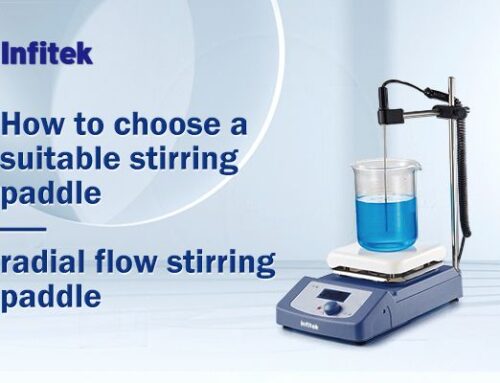The freeze dryer in the laboratory can be used to freeze liquid samples (such as cell cultures, serum, enzymes, antibodies, vaccines, etc.) to ultra-low temperatures, and then remove the water from the samples through the following steps:
1. Freezing: Rapidly freeze the sample at low temperature.
2. Vacuum adsorption: By establishing a high vacuum environment, water is converted from solid state to gaseous state, thereby being removed from the sample.
3. Heating: Gradually heat the sample to room temperature.
This process is called freeze-drying. Lyophilization can protect the active ingredients in the sample, improve its storage time and stability, and make it easier to store and transport. Lyophilization also converts samples into a powder form, making them easier to repeat experiments, analyze, and use. Therefore, freeze dryers are essential experimental equipment in many biological and chemical experiments.




Get Social